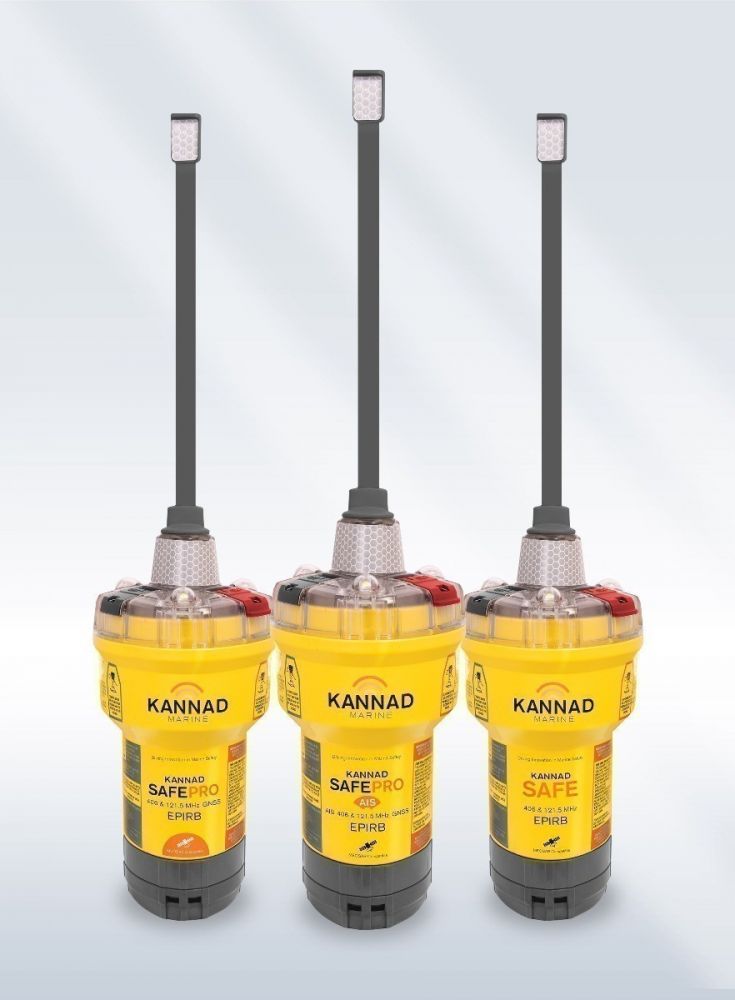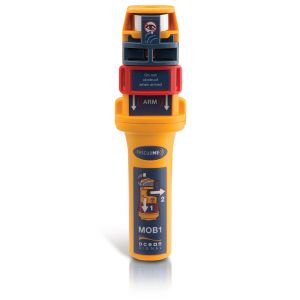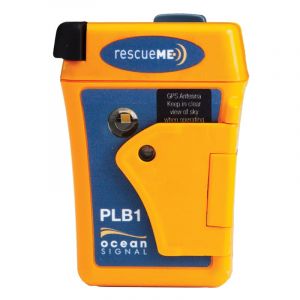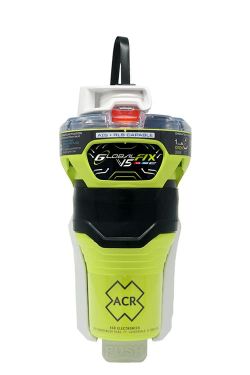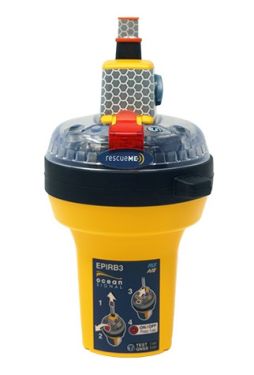EPIRB SAFEPRO Kannad distress beacon
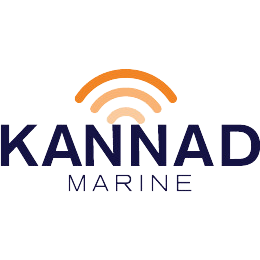
The G8 generation of Kannad is the most complete product on the market and the safest during a rescue at sea.
Need an advice ?
EPIRB SAFEPRO KANNAD DISTRESS BEACON: THE SAFEST BEACON FOR YOUR BOAT
The G8 generation of Kannad is the most complete product on the market and the safest during a rescue at sea.
This SAFEPRO Kannad beacon has a 72 channel Multi-GNSS receiver (GPS, Galileo*, GLONASS) for an even more accurate location in case of search or rescue. This device is not present on the SAFE Kannad beacon.
For even greater safety, it is automatically triggered when it comes into contact with water.
This model is available in two versions:
- The SAFEPRO Kannad beacon alone
- The SAFEPRO Kannad beacon and its container for an automatic activation
Read more
Technical specifications
- 406 MHz & 121.5 MHz
- 72 channel Multi-GNSS receiver (GPS, Galileo*, GLONASS)
- Battery life : 10 years
- Minimum operating time: 48H
- Beacon equipped with a self-test button***.
- MEOSAR compatible: better location and confirmation that the distress message has been transmitted
- Strap for carrying the beacon in case of emergency
- Manual or automatic support
- 360° flashing light
- Increased resistance to shocks thanks to its reinforced base
- Has a protection against unwanted triggering
- Dimensions : see pictures 3, 4 and 5
NEW REGULATION
Since May 1, 2015, the new regulation requires to have on board an EPIRB type beacon programmed with the MMSI number of the boat for the offshore category (beyond 60 miles from a shelter).
The MMSI number is delivered to you by the Agence Nationale des Fréquences (ANFR). If you do not have an MMSI license, or need an update for an existing license, click on this link to make the request to the ANFR.
*Since 2016, Galileo has increased its constellation to reach 100% operational coverage in 2019.
**It is recommended to have your beacon checked by a Kannad station after 5 years. This will provide a 1 year warranty extension to the beacon.
*** It is recommended to do one simple test per month and two complete tests per year. The full test must be performed in an open field with a view of the sky.



